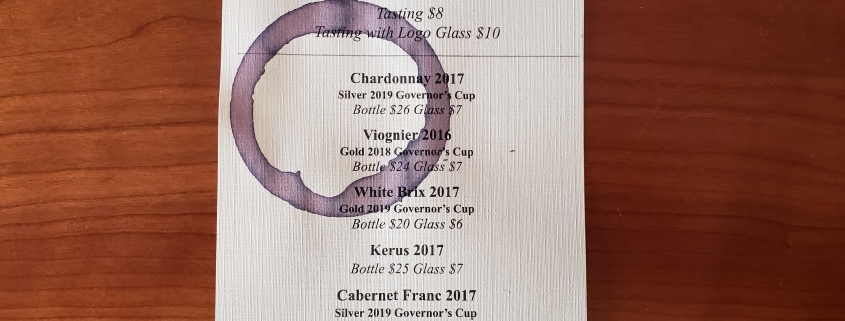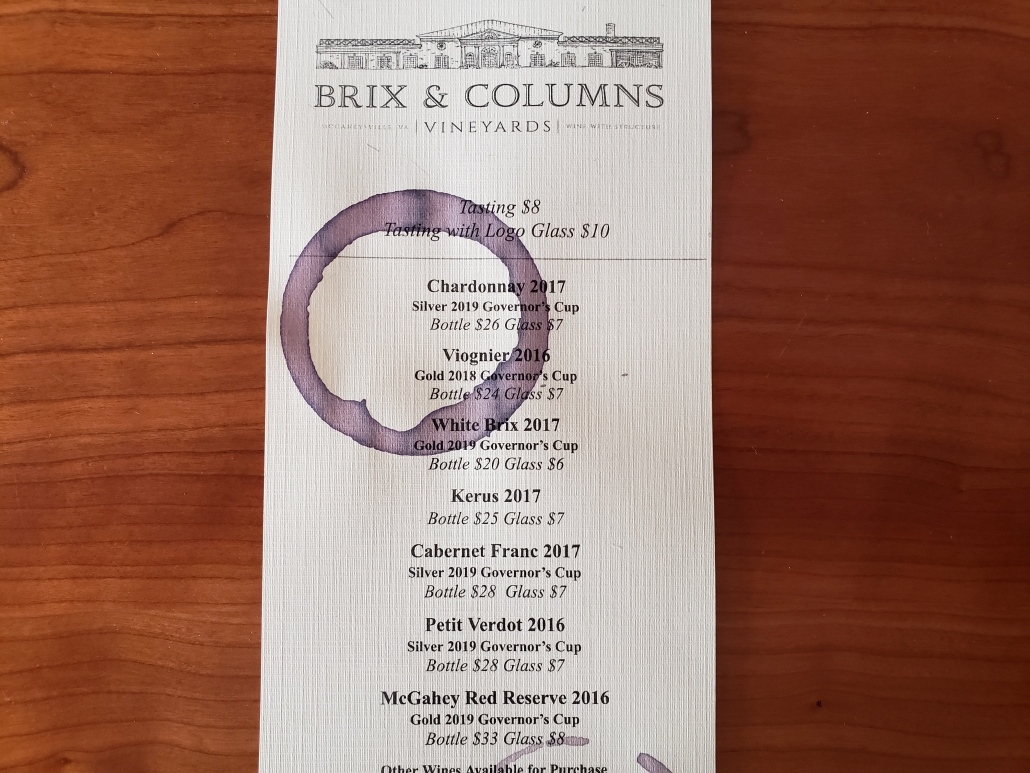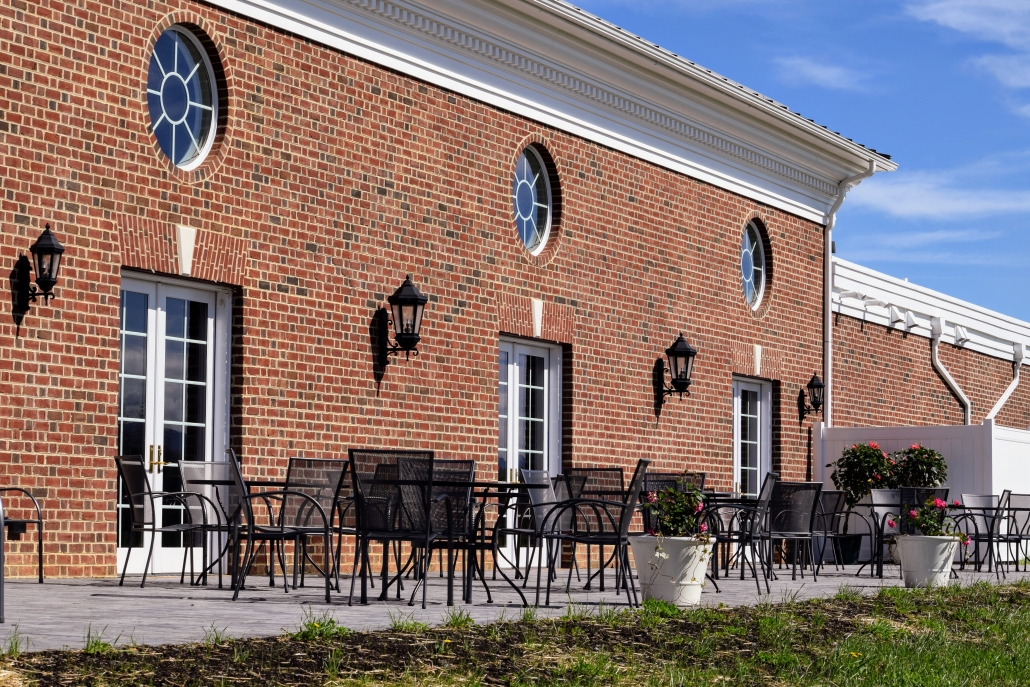Wine Tasting 102
It’s that time of year again for lazy sunny days spent cruising the countryside, driving from one vineyard to another, drinking delicious wine, and petting incredibly handsome dogs (ahem!). Sometimes people are visiting a winery for their first time and don’t know all the steps of the tasting process, and sometimes they just forget to take time for one of the most important steps: the sniffing. Not us dogs! We never forget to sniff!
I actually wrote a blog on the 5 S’s of the tasting process last year (read that here), and a quick recap is that the 5 S’s are See, Swirl, Smell, Sip, and Savor. Today, I wanted to make sure you focus on my area of expertise next time you come in.
The third S of the process is the smelling. When you smell the wine, you should be taking both small sips of air through your nose and long deep breaths. Doing this will help you experience the three layers of smells that you encounter. The first layer tells you the characteristics of the grape, the second layer tells you about the winemaking process, and the third layer tells you about any aging that occurs. Knowing about these three layers of smelling are especially helpful if you are a sommelier doing a blind tasting, but the tasting room associates already tell you quite a bit of these details during the actual tasting process.
All of those wonderful smells that you smell when you stick your nose in a glass of wine are there because of some key compounds that impact the aroma. I want to tell you about the six most common compounds, so you can see if you can sniff them out of that glass of wine you are drinking.
Pyrazines: Think of those herbaceous notes you sometimes smell in wine, you know, the hints of green pepper and grass. Sometimes this compound can even provide smells that are reminiscent of bitter chocolate. Even though they are off-putting to some people now, these smells will actually mellow out and morph into notes of cherry and chocolate as they age. These compounds are most usually found in wines like Cabernet Franc, Sauvignon Blanc, Cabernet Sauvignon, and Merlot.
Rotundone: Think of those spicy notes like black pepper, old leather, and earthiness. This compound exists mainly in the skins of grapes, so winemakers can choose to increase or decrease the presence by adjusting maceration times. (Remember: Maceration is the term that refers to soaking the juice on the skins). This compound is most often found in wines known for their spiciness such as Syrah, Zinfandel, and Grüner Veltliner.
Monotrepenes: Think of those floral and sweet fruit smells that so many people love. The really neat thing about these particular compounds is that they are the only one that you can actually taste in the grape prior to processing. These are commonly found in wines like Gewürztraminer, Traminette, Viognier, and Riesling.
Sotolon: Think of the sweet, nutty smells you encounter like maple syrup, walnut, and tobacco. These smells come about as a byproduct of oxidation, so they are typically found in wines that are fortified or whites that have been aged for a long time. You might encounter them in an aged Chardonnay, a sherry, or a port style wine.
TDN (Trimethyl Dihydronapthalene): As terrible as it might sound, and it makes my nose hurt just thinking about it, think about how common fuels smell. Do you know what I’m talking about? Kerosene, diesel, gasoline? Yep! Those smells are usually found in wines that are grown in warmer climates. You might find them in Sauvignon Blanc, Chardonnay, or Riesling.
Diacetyl: As a cream cheese head, this compound might be my favorite. Think about dairy smells like cream and butter. These smells tell you that the wine has undergone malolactic fermentation (when malic acid is converted into lactic acid) and this process and the resulting compound actually make the wine creamier and more velvety. This is most common in red wines and whites that undergo malolactic such as Chardonnay, Viognier, and our Petit Manseng.
All of our sniffing abilities are different and all wines are different, so don’t get down on yourself if you can’t smell any of these. If anything, it would just make me feel better to know you were trying to sniff out the wine world like I am!
P.S. The 6th S that I added (as your resident wine expert) is “sitting” and there is not better time than now to do it! We recently added a back patio and a picnic table, and the views are incredible, so come sit, SNIFF, sip, and enjoy!






